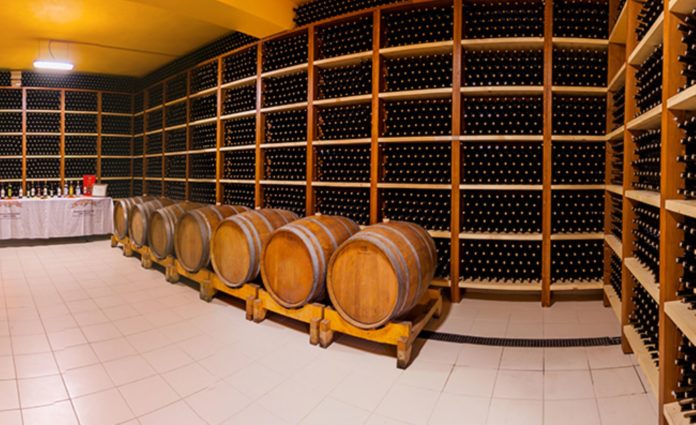The German-Kosovar Business Association sees investments in viticulture and other beverage manufacturing as a potential for economic development in Kosovo.
Mirjeta Shabani/Buletini Ekonomik
Suhareka and Rahovec are the two main cities where grapes are cultivated and harvested mostly in Kosovo. Around 3,000 hectares of grapes were cultivated in these two cities.
According to the Ministry of Industry and Trade, more than 106 million euros was the income for this year in viticulture in Kosovo.
The German-Kosovar Business Association stated that besides viticulture, fruits and vegetable production and particularly the beverage production would result in economic growth in Kosovo.
The total amount of beverage industry exports during 2020 has nearly reached 30 million euros, which compared to 2019 marks an increase to 3.5 percent.
Kosovo’s key partners in exports of the beverage industry were Bullgaria with 25.6 percent and Croatia 25 with 25 percent.
Among the CEFTA member states, Kosovo’s top exports in the beverage industry were Albania with 67 percent while North Macedonia reached 22 percent.
However, in comparison to exports, imports of beverages remain higher.
During 2020,vKosovo imported 77.58 million euros, mostly from EU member states. Kosovo imported from Bullgaria 28 percent followed by Austria with 22 percent, Slovenia 14 percent and Croatia 9 percent.
From CEFTA countries, Kosovo imported 43 percent from Serbia while Macedonia stood at 35 percent of Kosovo imports in beverage goods.
“In 2020, the beverage industry production had more than 2,100 jobs in 81 enterprises in Kosovo,” reads the announcement of the Kosovo-German Chamber.












